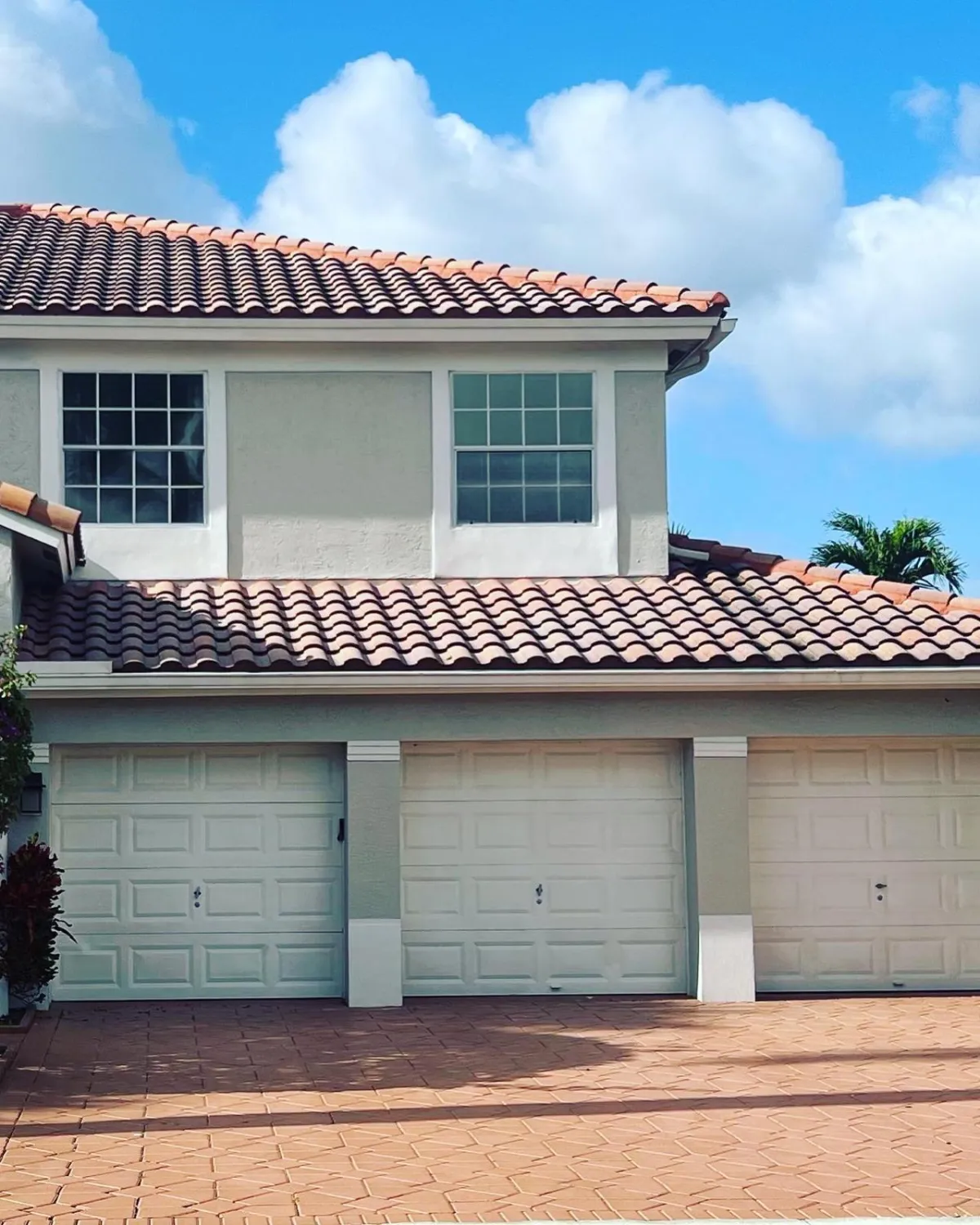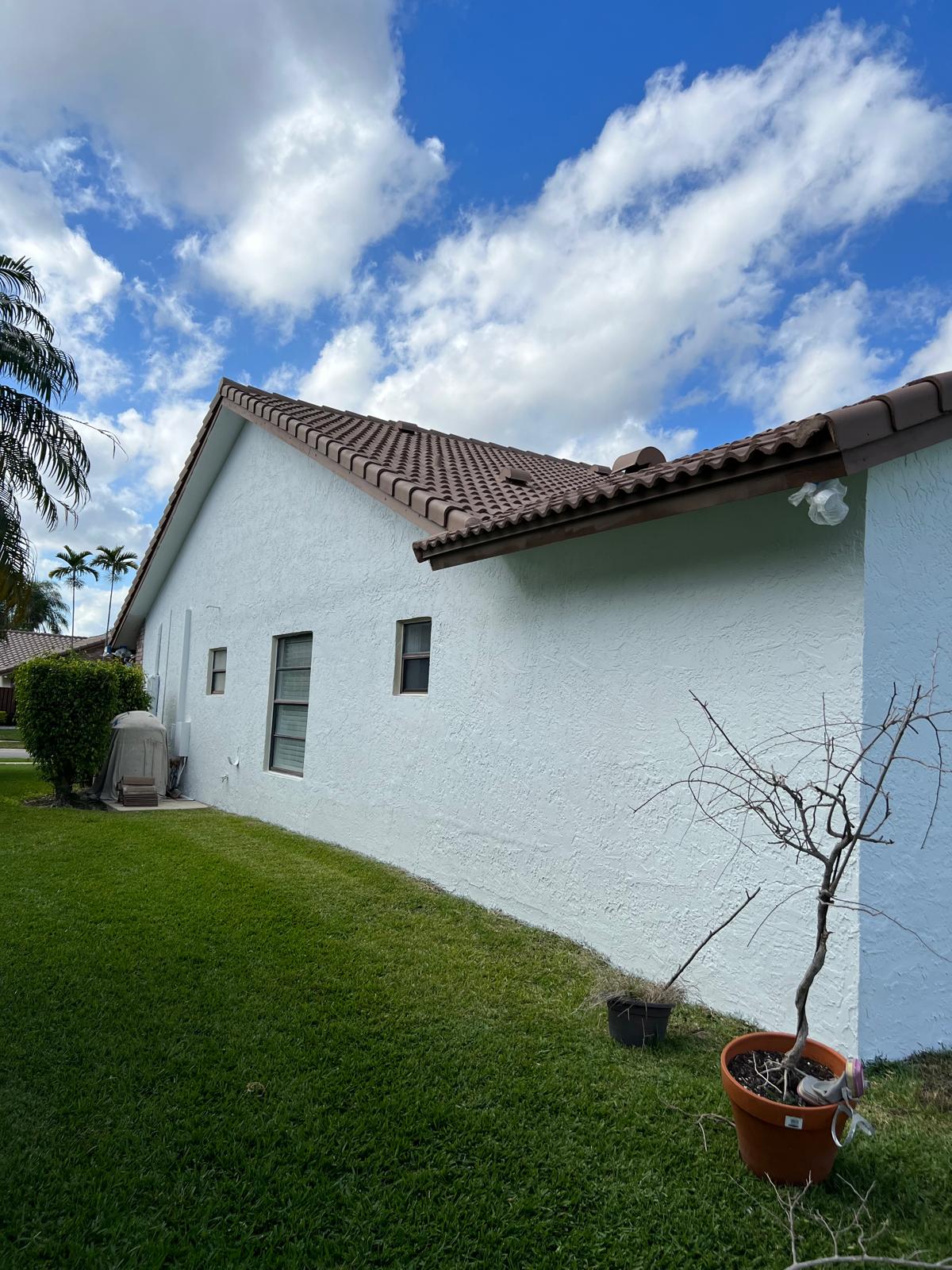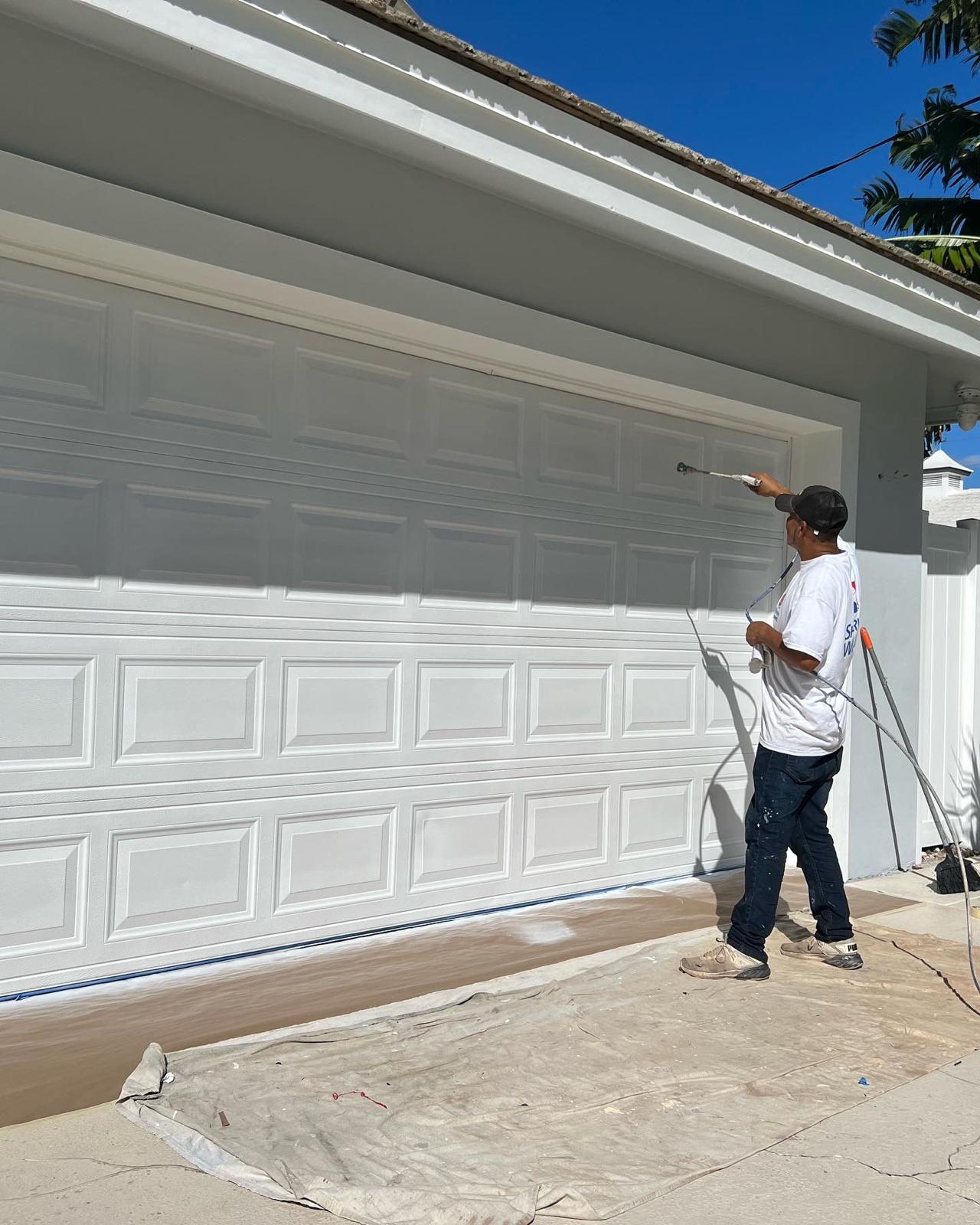
Tips for House Painting
Tips for House Painting
Choosing the Right Colors
Selecting the perfect color palette is crucial. Here are some tips:
Consider Your Home’s Architecture: The architectural style can influence the color choice. Traditional homes often look great with classic colors, while modern homes can pull off bold, unconventional hues.
Neighborhood Trends: Look around your neighborhood. You want your house to stand out but not clash with the surrounding homes.
Interior to Exterior Harmony: Ensure that the exterior colors complement the interior design.
Test Samples: Paint small sections of your wall with different colors to see how they look in various lighting conditions.

Preparing Your Home for Painting
Preparation is key to achieving a smooth, long-lasting finish. Here’s how to prep like a pro:
Clean the Surfaces: Dirt, grime, and mildew can prevent paint from adhering properly. Use a power washer for exteriors and a damp cloth for interiors.
Repair Damage: Fill in cracks and holes with caulk or spackle. Sand down rough spots to create a smooth surface.
Protect Areas: Use painter’s tape to protect edges and cover furniture and flooring with drop cloths.
Prime the Surfaces: A primer helps paint adhere better and provides a uniform base, especially important when transitioning from dark to light colors.

Painting Techniques for a Professional Finish
Even with the best preparation, your technique will make or break the final look. Follow these tips:
Invest in Quality Tools: High-quality brushes and rollers can make a significant difference in the finish. For large areas, a paint sprayer can save time and effort.
Use the Right Paint: Choose paint designed for your specific project—interior or exterior, latex or oil-based, glossy or matte.
Apply Even Coats: Don’t overload your brush or roller. Apply paint in even, consistent strokes, and avoid going back over wet paint to prevent streaks.
Follow the Grain: When painting wood surfaces, follow the grain to ensure a smooth application.
Let Each Coat Dry: Allow sufficient drying time between coats. Rushing can result in an uneven finish and paint drips.

Common Pitfalls and How to Avoid Them
Skipping Primer: Always prime surfaces, especially if you’re making a drastic color change or painting over a stain.
Painting in Extreme Conditions: Avoid painting in very humid or very cold weather as it can affect the drying process and the final result.
Ignoring Ventilation: Proper ventilation is essential to avoid inhaling fumes and to help the paint dry faster.
Not Mixing Paint Thoroughly: Paint can separate, so stir it well before and during application to ensure consistent color.
Aftercare: Keeping Your Painted Surfaces Looking Fresh
Regular Cleaning: Dust and clean painted surfaces regularly to maintain their appearance.
Touch-Ups: Keep some leftover paint for touch-ups. It’s inevitable that walls will get scuffed or chipped over time.
Inspect for Damage: Regularly check for signs of peeling or cracking, especially on exteriors, and address issues promptly to prevent further damage.
Painting your house can be a rewarding DIY project, giving you the satisfaction of transforming your home with your own hands. With the right preparation, tools, and techniques, you can achieve a professional-looking finish that enhances the beauty and value of your home. So grab your brushes and rollers, and let your creativity flow!